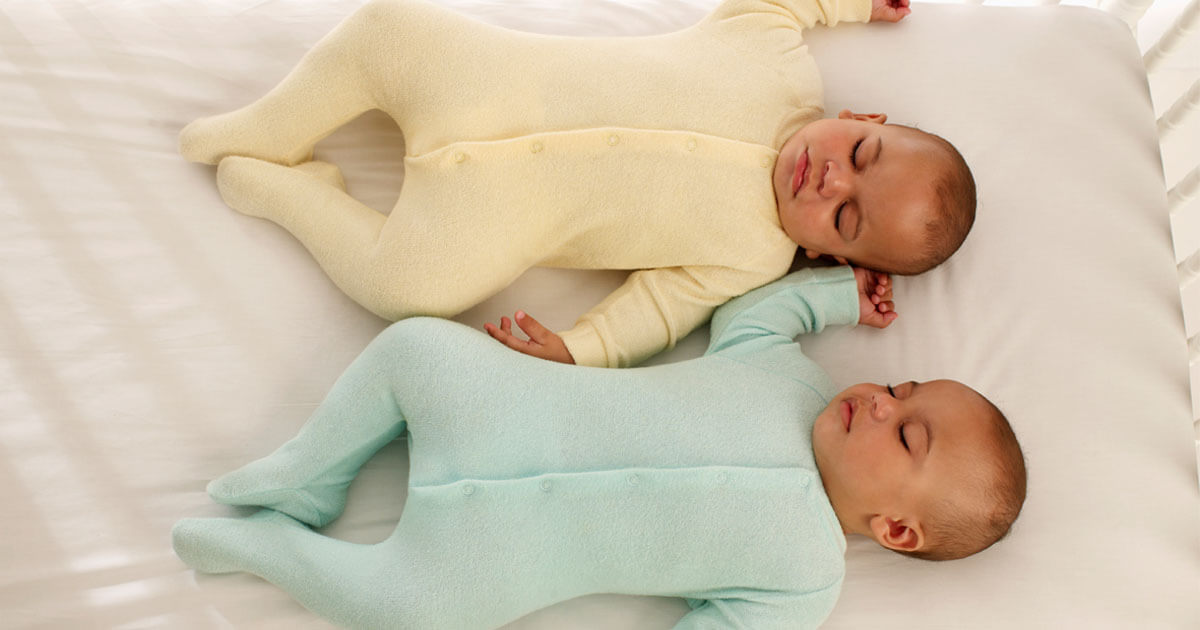
Making your home safe for baby
Your baby is on the way, and there is a lot to think about. Besides making sure that you have baby furniture and clothing for your new son or daughter, you'll want to check that your home is safe. These tips can help you cover all the safety bases.
Before you bring baby home
Before you bring baby home:
- Check the safety of your baby's crib and other baby items. Many new parents welcome hand-me-down baby items from family and friends. Although it's wise to save money, some products could be unsafe if recalled or if parts are missing or loose. Unsafe cribs and other items can put your baby's life in danger. Most brand new cribs and mattresses purchased in the United States are safe. Make sure the crib conforms to the current government safety standards. Also, check to see if hand-me-down items, such as bassinets or portable cribs, have been recalled. Check for recalls and get information on buying a safe crib and mattress at the U.S. Consumer Product Information Safety Commission website. Or call them at 800-638-2772.
- Remove pillows, blankets, and stuffed animals from the crib to prevent your baby from suffocation.
- Check to see that smoke detectors and carbon monoxide detectors in your home are working. Place at least one smoke detector on each level of your home and in halls outside of bedrooms. Have an escape plan in case of fire.
- Put emergency numbers, including poison control, near each phone. Have at least one phone in your home connected by land line. Cordless phones do not work when the power is out, and cellphone batteries can run out.
- Make sure your home or apartment number is easy to see so fire or rescue can locate you quickly in an emergency.
- Make sure handrails are installed and secure in stairways. Always hold the handrail when using stairs, especially when holding your baby.
Before your baby starts crawling
Your baby will be crawling before you know it. Most babies begin crawling around six to nine months. Crawling on your hands and knees will reveal many dangers to your baby. Thinking ahead to the toddler years will help you to take care of other hazards before your baby grows and finds them first. Here are some things to do before your baby is crawling:
- Cover all unused electrical sockets with outlet plugs.
- Keep cords out of baby's reach. Tack up cords to vertical blinds and move furniture, lamps, or electronics to hide cords.
- Secure furniture and electronics, such as bookcases and TVs, so they cannot be pulled down on top of your baby.
- Use protective padding to cover sharp edges and corners, such as from a coffee table or fireplace hearth.
- Install safety gates at the bottom and top of stairwells or to block entry to unsafe rooms.
- Use safety latches on cabinets and doors.
- Store all medicines, cleaning products, and other poisons out of baby's reach.
- Remove rubber tips from doorstops or replace with one-piece doorstops.
- Look for and remove all small objects. Objects that easily can pass through the center of a toilet paper roll might cause choking.
- Keep houseplants out of baby's reach. Some plants can poison or make your baby sick.
- Set your water heater temperature to no higher than 125 degrees Fahrenheit. Water that is hotter can cause bad burns.
- Closely supervise your baby around a family pet. Pets need time to adjust to a new baby.
More information on making your home safe for baby
Explore other publications and websites
- Bathing an Infant - Bath time can be fun but you need to be very careful with your child around water. This resource provides bathing safety tips and ways to prevent bathing accidents.
- Safe Sleep for Your Baby: Reduce the Risk of Sudden Infant Death Syndrome (SIDS) - This publication explains what sudden infant death syndrome (SIDS) is and what you should know about it. Also, it provides 10 tips to help reduce your baby's risk of SIDS and an explanation of why it is safer for babies to sleep on their back.
Connect with other organizations

